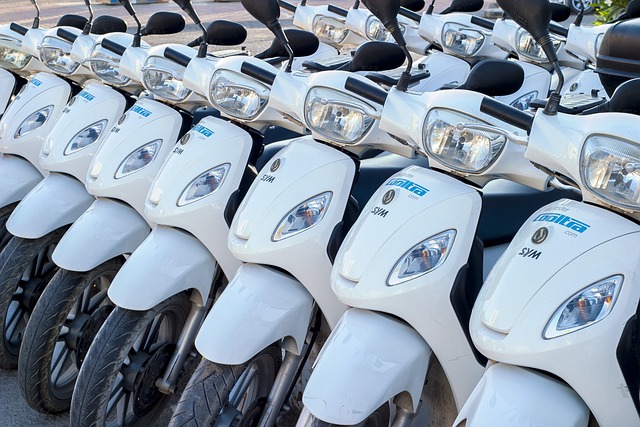Strategies for reducing carbon from everyday commutes
Daily commutes contribute a significant share of urban transport emissions. This article outlines practical strategies commuters, planners, and fleet operators can use to lower carbon output through smarter mobility choices, better routing, multimodal connectivity, electrification of vehicles, and operational changes that support sustainability.

Strategies for reducing carbon from everyday commutes
Everyday travel choices shape urban emissions profiles. Small changes by passengers, transit agencies, employers, and fleet managers can accumulate into measurable reductions in carbon output. This article examines practical approaches that apply to individual commuting patterns, shared services, and broader logistics — covering mobility options, routing, operational adjustments, and low-carbon vehicle adoption.
How can mobility choices cut emissions?
Shifting mobility preferences influences per-passenger emissions. Choosing active modes such as walking or cycling for short trips eliminates fuel use and benefits health. For longer commutes, high-occupancy transit or shared ride services usually yield lower emissions per passenger than single-occupancy cars. Employers can encourage staggered hours and remote work to reduce peak-period demand. Integrating fare policies and booking incentives that reward low-carbon choices can nudge passengers toward more sustainable options without requiring major infrastructure changes.
How can routes and routing lower carbon?
Efficient routing reduces travel time, distance, and idling, all of which cut emissions. Real-time routing tools that account for congestion, traffic signal timing, and local lastmile constraints can optimize trips for both private and shared vehicles. For public transit and logistics, dynamic routing that prioritizes corridors with steady flows improves average speeds and energy use. When route planning includes multimodal links — for example, bike-to-transit connections — it expands practical alternatives and lowers the carbon intensity of combined trips.
How can fleet and logistics improve sustainability?
Fleet operators and logistics planners can reduce emissions via several levers: right-sizing vehicles for the load, consolidating trips, and scheduling to avoid peak congestion. Telematics and route analytics help monitor fuel use and identify inefficient driving patterns. For passenger services, increasing seat utilization through demand-responsive scheduling reduces per-passenger emissions. Coordinating urban deliveries with off-peak windows and micro-distribution points can shrink city-centre mileage and improve lastmile efficiency.
How does multimodal connectivity help commutes?
Multimodal connectivity enables seamless transfers between modes — such as bike, bus, tram, and rail — reducing reliance on private cars. Investments in safe bike parking, integrated ticketing, and first/lastmile links encourage passengers to combine modes for optimal low-carbon journeys. Digital platforms that display multimodal options, fares, and booking availability make sustainable routes easier to plan. Improving pedestrian access to transit stops also expands the catchment area for low-emission travel options.
What role do fares, booking, and passenger behavior play?
Pricing and booking systems influence choices: time-based fares, integrated passes, and discounts for transfers lower barriers to multimodal travel. Transparent information on fares and simple booking flows encourage people to try alternatives to solo driving. Behavioral interventions — such as personalized commute planning, incentives for carpooling, or employer-subsidized transit passes — can shift habitual choices. Communications that highlight the comparative emissions of options help passengers make informed decisions aligned with sustainability goals.
How can electrification and lastmile options reduce emissions?
Electrification of public vehicles, shared fleets, and lastmile delivery vans replaces tailpipe emissions with lower-carbon energy when the electricity mix is clean. Electric buses and e-bikes are particularly effective in dense urban corridors and for short trips. For lastmile delivery, cargo bikes and micro-hubs reduce inner-city mileage. Successful electrification requires supportive charging infrastructure, smart charging to manage grid impacts, and planning for vehicle lifecycle emissions to ensure genuine sustainability gains.
Conclusion
Reducing carbon from everyday commutes requires coordinated action across individual behavior, service design, and infrastructure. Practical measures include promoting active modes, optimizing routes and fleet operations, enabling multimodal connectivity, adjusting fares and booking systems to favor low-carbon choices, and advancing electrification where appropriate. When these strategies are combined, they create resilient mobility systems that lower emissions while maintaining accessibility for passengers.





